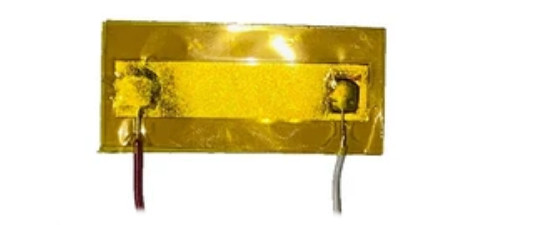Fact Finder
Top 20
I was just having a prowl around the ASIC site and thought the following regarding GetSwift and how Brainchip is now policed by the ASX might be of use given the full judgment is very, very long:

Wednesday 10 November 2021
The Court also found GetSwift directors Mr Bane Hunter and Mr Joel Macdonald failed to meet their obligations as directors due to their involvement in the announcements made to the ASX, and that they were both knowingly concerned in multiple continuous disclosure breaches made by GetSwift. Former GetSwift director Mr Brett Eagle was also found by the Court to have been knowingly concerned in a more limited number of continuous disclosure breaches made by GetSwift.
ASIC Deputy Chair Sarah Court said ‘Listed companies and their directors have obligations to the Australian market to ensure their statements are not misleading. Investors need to have accurate information at their disposal to make informed decisions’.
In handing down judgment, Justice Lee said that evidence before him revealed ‘what might be described as a public-relations-driven approach to corporate disclosure on behalf of those wielding power within the company, motivated by a desire to make regular announcements of successful entry into agreements with a number of national and multinational enterprise clients.’
GetSwift (former ASX code: GSW) announced to the market a series of agreements with enterprise clients for the use of GetSwift’s company software-as-a-service (or SaaS) platform, including agreements with Amazon, the Commonwealth Bank of Australia and Yum Brands. However, these clients were only trialling, or contemplating a trial, of the GetSwift platform and the agreements, when announced, were not ongoing or revenue generating.
The Court found these announcements were misleading and, by failing to notify the market of material information regarding the agreements, GetSwift breached its continuous disclosure obligations.
Over the period of the announcements, GetSwift’s share price rose almost 800%. GetSwift also raised $100 million in capital from institutional investors, including $75 million in December 2017 when the company’s share price was close to its peak.
ASIC will now seek pecuniary penalty orders against GetSwift, Mr Hunter, Mr Macdonald and Mr Eagle. ASIC will also seek orders disqualifying Mr Hunter, Mr Macdonald and Mr Eagle from managing corporations.

 asic.gov.au
asic.gov.au
Regards
FF
AKIDA BALLISTA

Wednesday 10 November 2021
21-298MR ASIC successful in Federal Court against GetSwift and its directors Bane Hunter, Joel Macdonald and Brett Eagle
The Federal Court has found technology and services company GetSwift Limited (GetSwift) made misleading statements and breached its continuous disclosure obligations when making statements to the Australian Securities Exchange (ASX) between February and December 2017.The Court also found GetSwift directors Mr Bane Hunter and Mr Joel Macdonald failed to meet their obligations as directors due to their involvement in the announcements made to the ASX, and that they were both knowingly concerned in multiple continuous disclosure breaches made by GetSwift. Former GetSwift director Mr Brett Eagle was also found by the Court to have been knowingly concerned in a more limited number of continuous disclosure breaches made by GetSwift.
ASIC Deputy Chair Sarah Court said ‘Listed companies and their directors have obligations to the Australian market to ensure their statements are not misleading. Investors need to have accurate information at their disposal to make informed decisions’.
In handing down judgment, Justice Lee said that evidence before him revealed ‘what might be described as a public-relations-driven approach to corporate disclosure on behalf of those wielding power within the company, motivated by a desire to make regular announcements of successful entry into agreements with a number of national and multinational enterprise clients.’
GetSwift (former ASX code: GSW) announced to the market a series of agreements with enterprise clients for the use of GetSwift’s company software-as-a-service (or SaaS) platform, including agreements with Amazon, the Commonwealth Bank of Australia and Yum Brands. However, these clients were only trialling, or contemplating a trial, of the GetSwift platform and the agreements, when announced, were not ongoing or revenue generating.
The Court found these announcements were misleading and, by failing to notify the market of material information regarding the agreements, GetSwift breached its continuous disclosure obligations.
Over the period of the announcements, GetSwift’s share price rose almost 800%. GetSwift also raised $100 million in capital from institutional investors, including $75 million in December 2017 when the company’s share price was close to its peak.
ASIC will now seek pecuniary penalty orders against GetSwift, Mr Hunter, Mr Macdonald and Mr Eagle. ASIC will also seek orders disqualifying Mr Hunter, Mr Macdonald and Mr Eagle from managing corporations.

21-298MR ASIC successful in Federal Court against GetSwift and its directors Bane Hunter, Joel Macdonald and Brett Eagle | ASIC
Fair, strong and efficient financial system for all Australians.
Regards
FF
AKIDA BALLISTA








